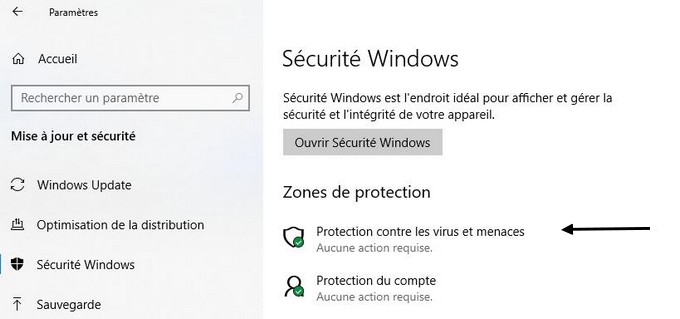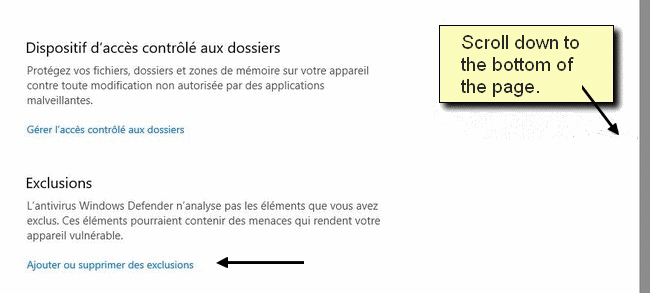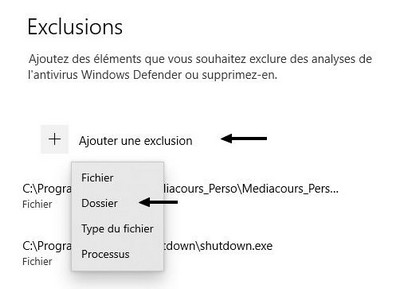
Windows Security®
From time to time, Windows Security®, formerly known as Windows Defender®, declares certain programs to be viruses. These are programs that are not distributed by Microsoft. This doesn't happen often and less and less so, it seems. The problem is that the program in question is not “directly accused.” You see the name of a virus usually reported as “severe”. Faced with this threat, most users immediately click on the “OK” button to eliminate the virus. This is what you would expect them to do.
In fact, if you read the message to the end, you see that an innocent executable file is designated as an "affected item." Can a normal program become a virus like this? In my experience, that's never been the case. Once “authorized” the program behaves exactly as it should.

You can "authorize" the program again by clicking on "Learn more".

To avoid this problem, it is strongly recommended that you include certain programs on the Windows® Security “exclusions” list. Here's how to do it:

Right-click
the Start button
![]() and click on Settings.
and click on Settings.

Click on Update & security.
 (French
version)
(French
version)
Then on Windows Security.

On Virus & threat Protection.

On Manage settings.

Scroll down to Exclusions (at the bottom of the page) and click on Add or remove exclusions.

You can exclude folders or individual files, if you prefer.
Here are the folders to protect: C:\Program Files (x86)\Student-Screen-Monitor_Student and C:\Program Files (x86)\Student-Screen-Monitor_Teacher
If you opt to exclude executable files only, this includes all files with the .exe extension in these folders.